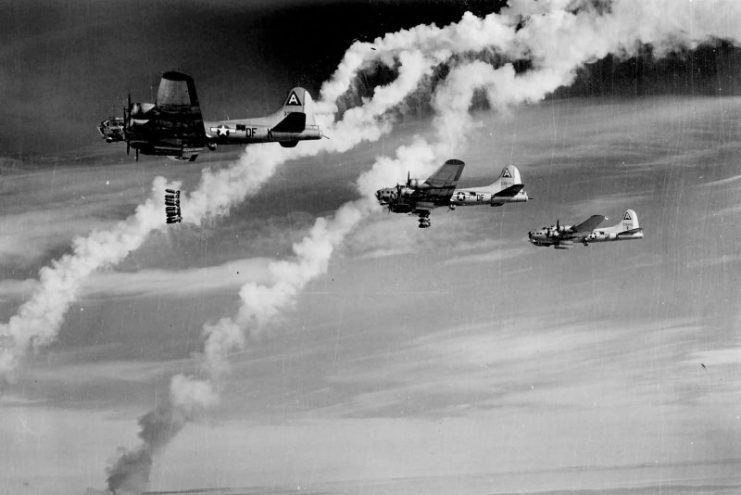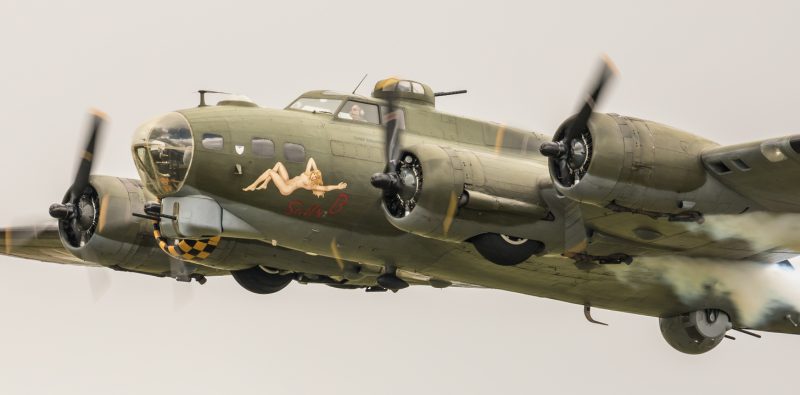It is a fact that the American B-17 Flying Fortress remains among the most produced bombers in history, only trailing the B-24 Liberator and German-made Junkers Ju 88. It was built by the Boeing Company and was the predecessor of the B-24.
On 8 August 1934, the United States Army Air Corps (USAAC) made known their need for bombers that could carry heavy bomb loads at very high altitudes, with a top speed around 200 mph.
A competition to win the bid for this contract promptly began, involving the Boeing Model 299–which was the initial design for the Flying Fortress–the Douglas DB-1, and Martin Model 146. A fly-off was scheduled to decide who would win the contract. The Model 299 performed excellently at the fly-off at Wright Field, much to the admiration of Army officers present.
However, on a second evaluation flight, the aircraft crashed and Boeing was disqualified from the competition. Thus, the Douglas DB-1 won.
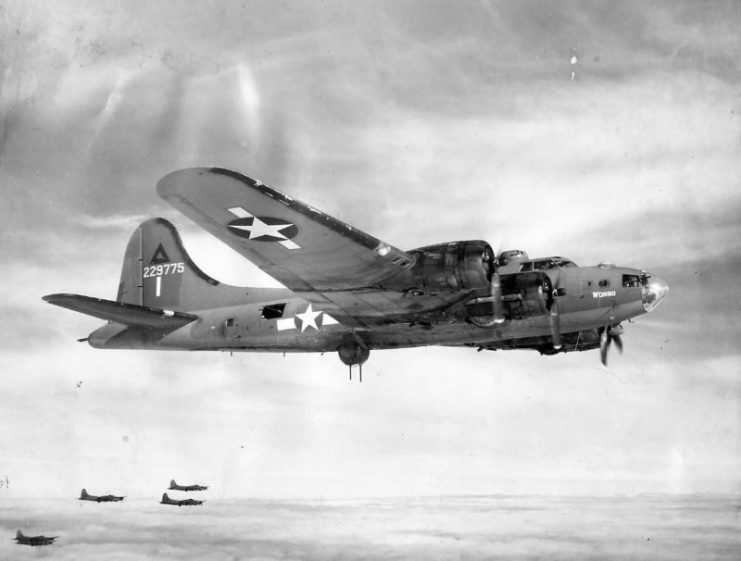
This did not mark the end for the Boeing aircraft, as its potential was not overlooked by the USAAC. After some significant modifications, Model 299 was later designated YB-17 and on 13 January 1936, the USAAC ordered thirteen units of the aircraft for further evaluation. It officially became the B-17 in late January 1936.
The B-17 was powered by four Wright R-1820-97 “Cyclone” radial engines, each driving a three-blade propeller and producing 1,200 horsepower. It carried a bomb load of nearly 6,000 pounds, had a 2,000 mile range, and could go as fast as 290 mph.
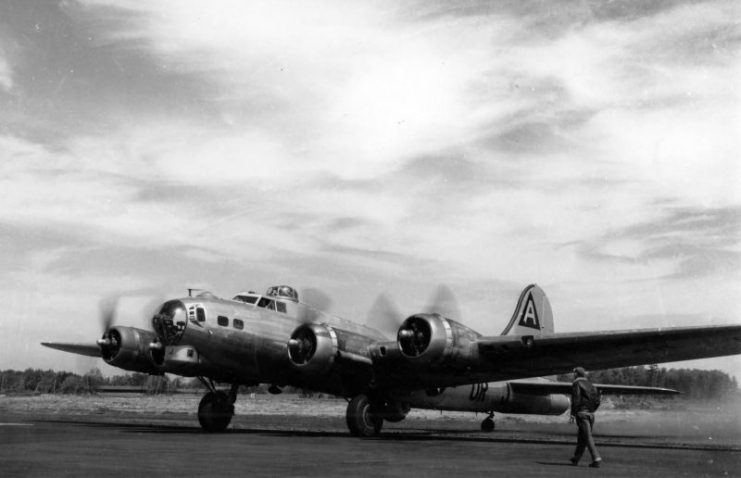
The aircraft was flown by a ten-man crew: pilot, co-pilot, navigator, a bombardier who also doubled as the nose gunner, flight engineer who was also the top turret gunner, radio operator, two waist gunners, a ball turret gunner, and a tail gunner.
In its armament were thirteen .50 caliber M2 Browning machine guns mounted on turrets in strategic positions on the aircraft. As a matter of fact, the name “Flying Fortress” was due to the multiple machine guns it carried.
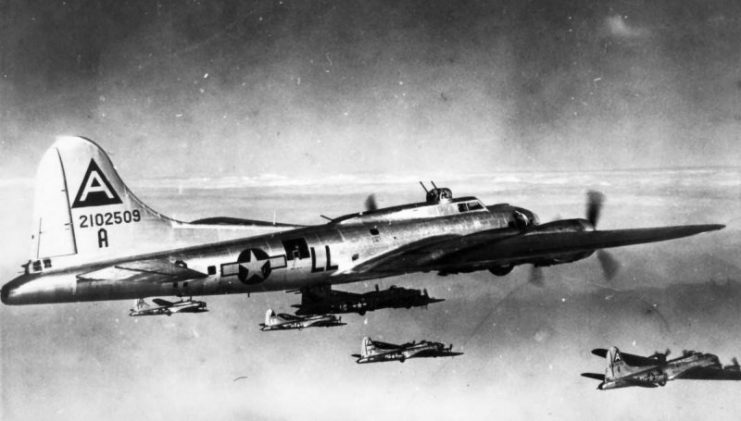
The first B-17s to be used in World War II were used by the Royal Air Force and the U.S. Army in 1941. They served as high altitude bombers and carried a secret device called the Norden bombsight, which was handled by the bombardier and used to determine the point at which the aircraft’s bombs should be discharged to accurately hit the target.
B-17s were effectively used to attack German aircraft factories and assembly plants. A raid was planned by the 8th Air Force and executed on 17 August 1943 that targeted ball bearing factories in Schweinfurt.
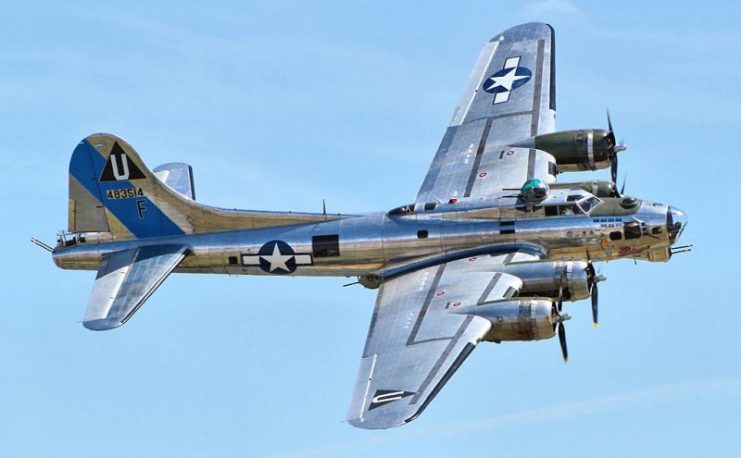
The attack was unsuccessful as 36 B-17s were shot down by German Luftwaffe fighters and about 300 crew members were lost. A more successful attack on Schweinfurt later in the war resulted in the loss of about 77 B-17s and 650 men.
By 1944, B-17s were the most frequently used planes on the European front. By contrast, on the Pacific front, where B-17s were tasked with impeding the Japanese in the Battle of the Coral Sea and Battle of Midway, they had much lesser success. Due to the altitude at which the aircraft operated there, their bombs seldom hit targets.
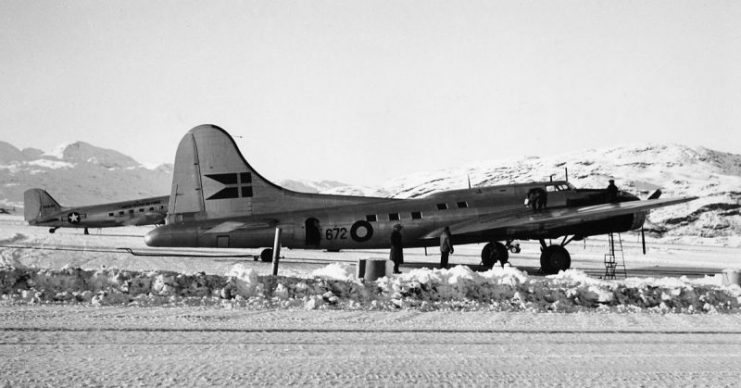
However, B-17s were successfully used in the Battle of Bismarck Sea to sink several Japanese transport ships including Kyokusei Maru, Teiyo Maru, and Nojima.
About 12,731 B-17s were produced in all, and they were retired in 1968, having existed in 15 variants and having provided many notable contributions to major events in the war. They went on to appear in some notable television works like the 1949 film “Twelve O’clock High,” which starred Gregory Peck, and the 1990 movie “Memphis Belle.”
More photos
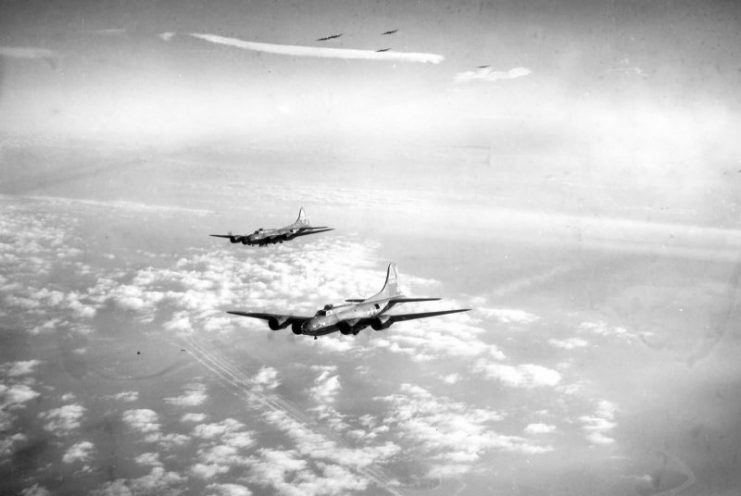
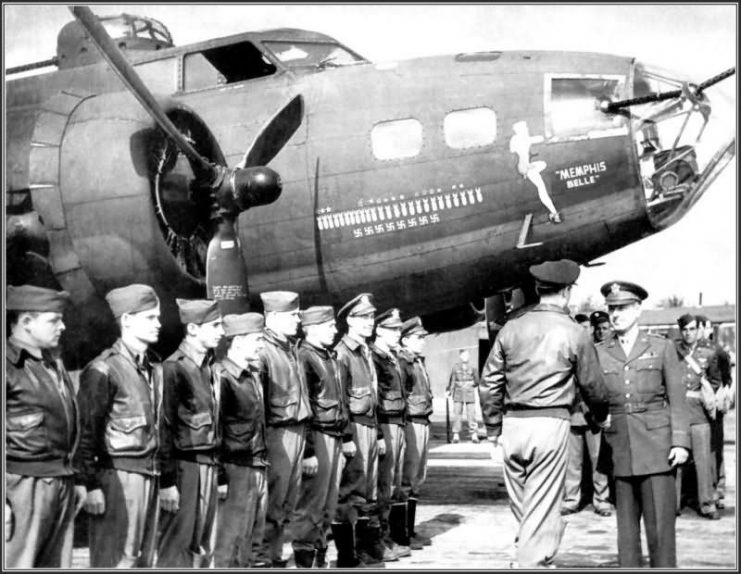
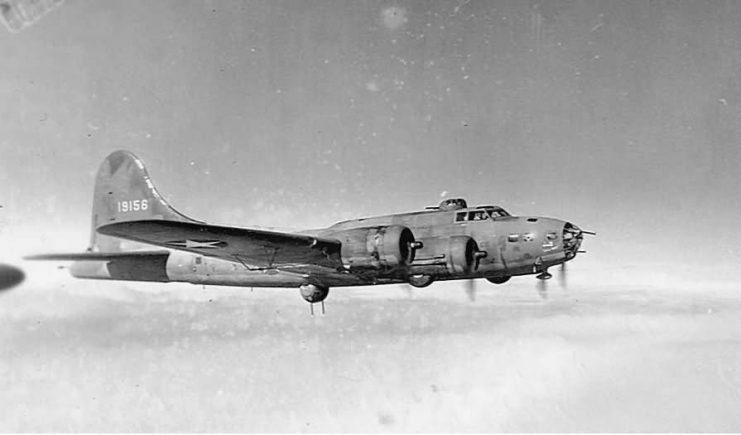
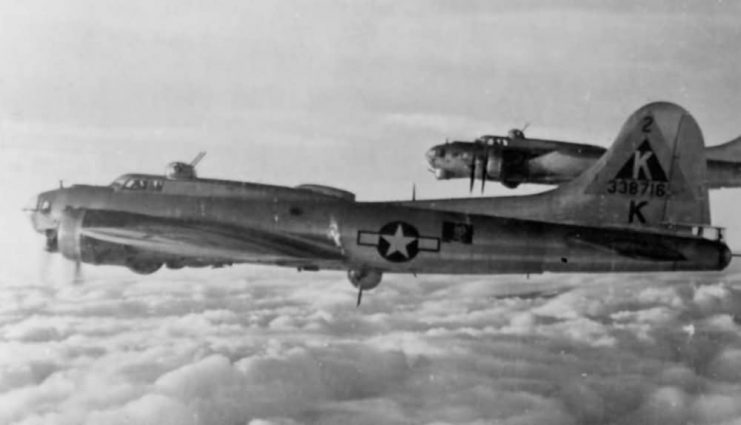
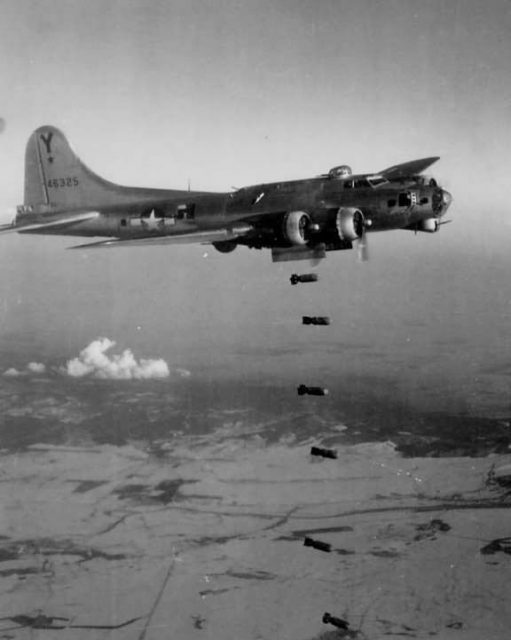
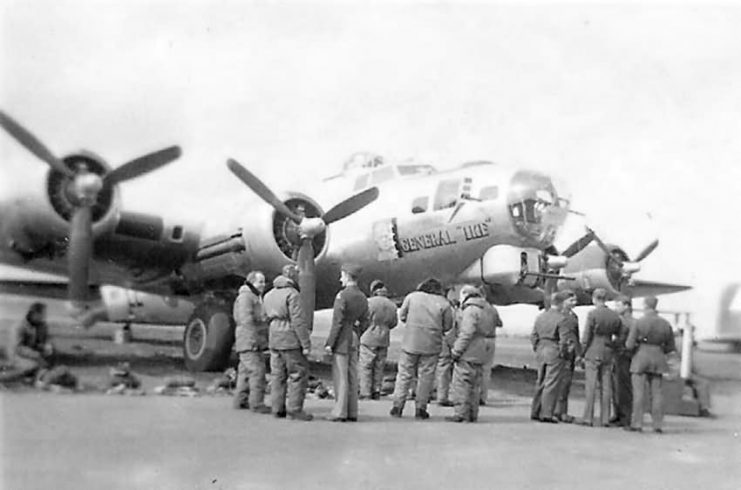
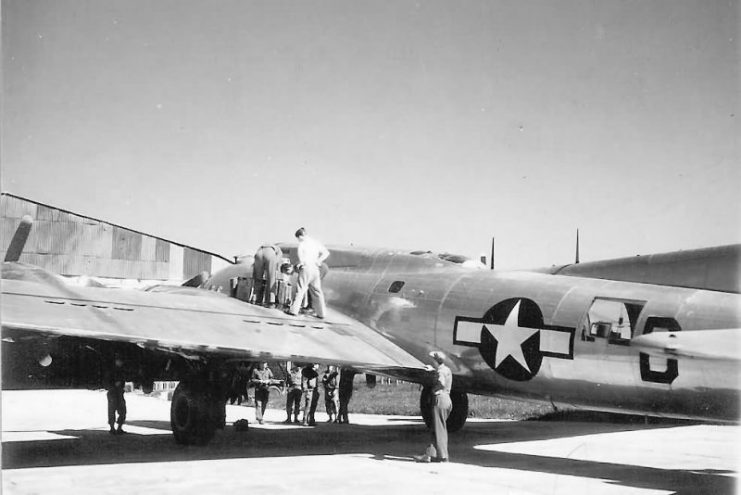
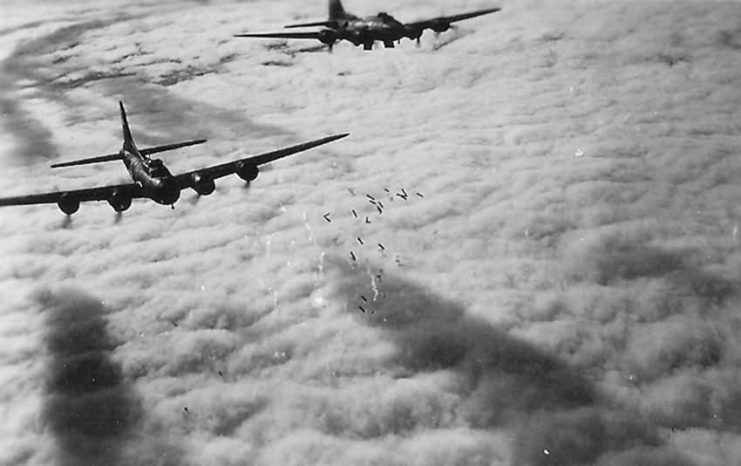
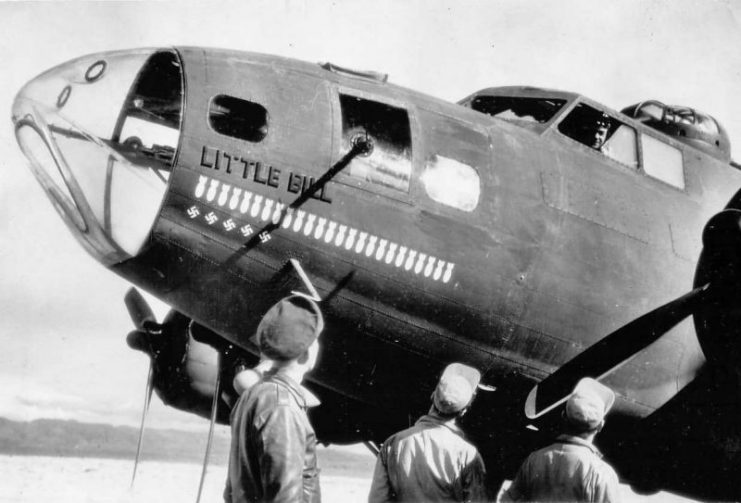
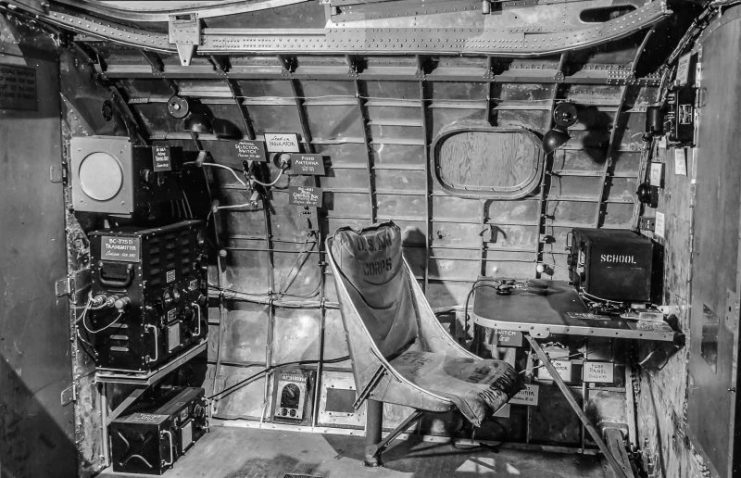
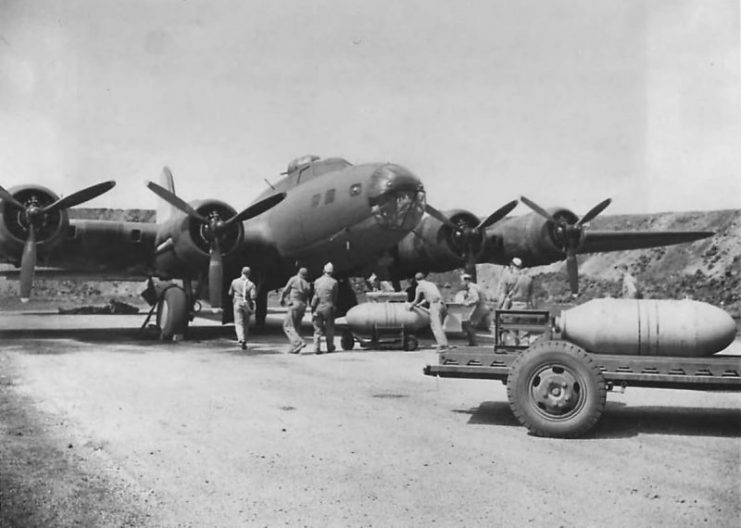
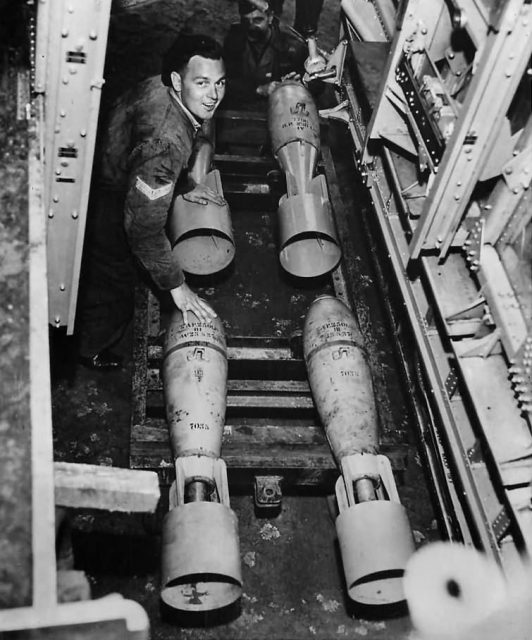
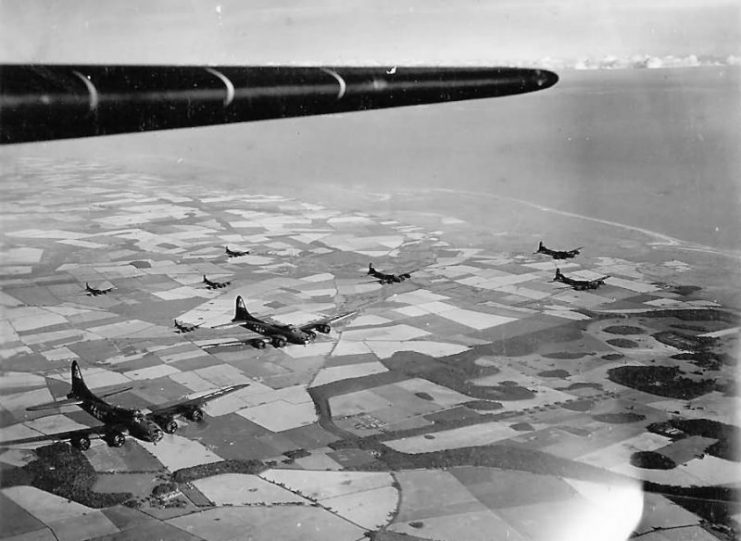
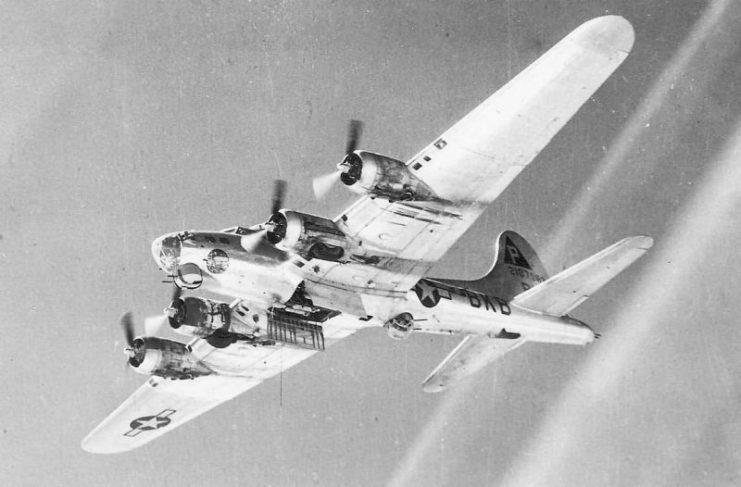
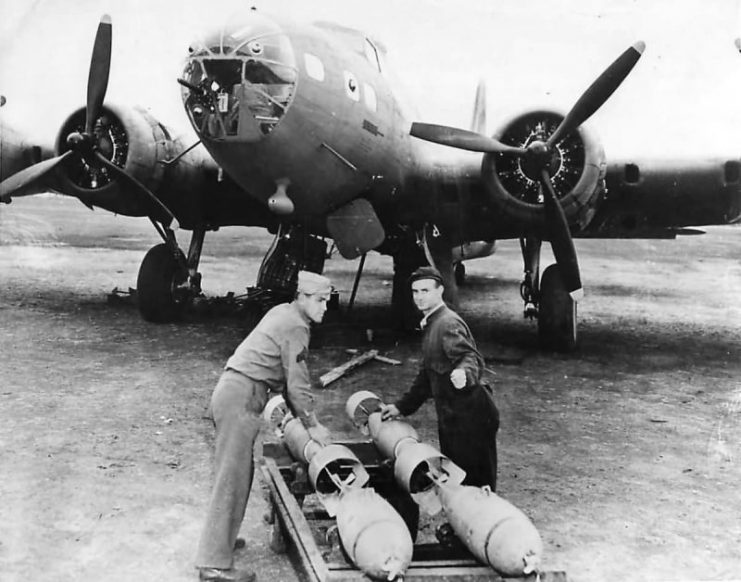
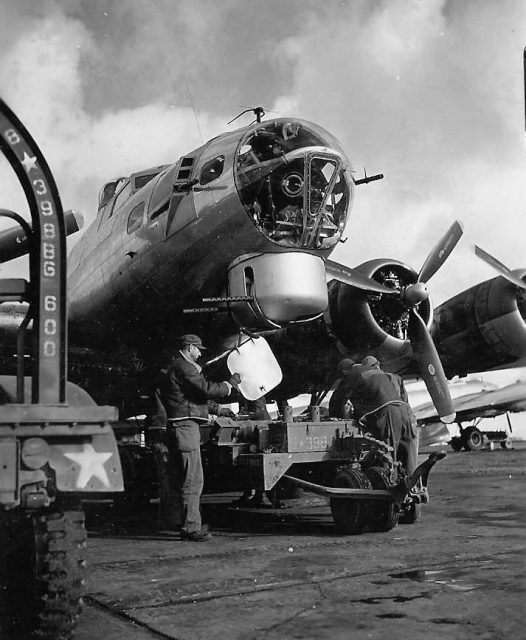
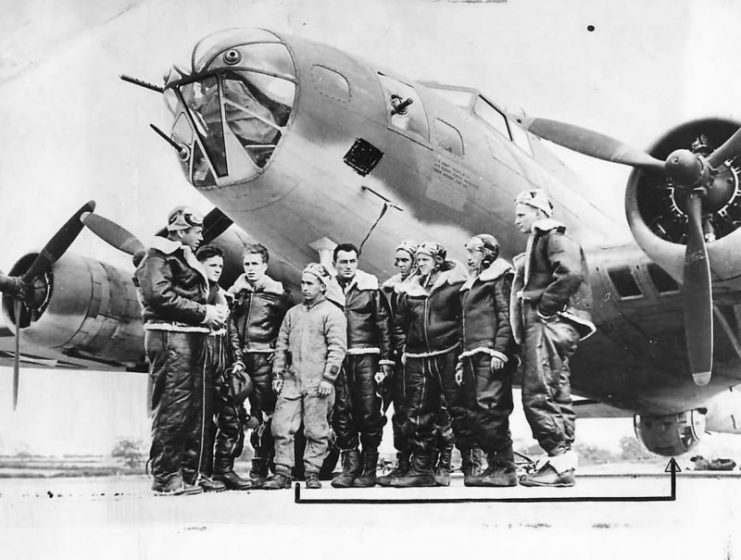
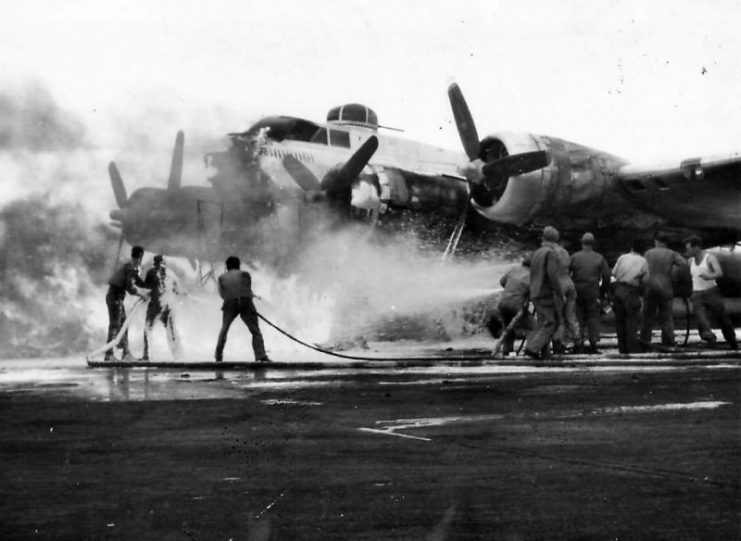
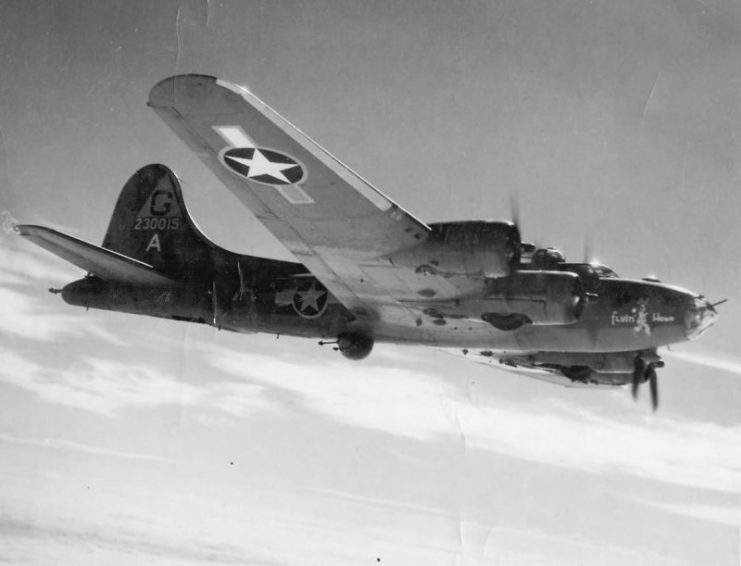
Read another story from us: Last of His Crew – Flying Fortress Captain Tells his Story
